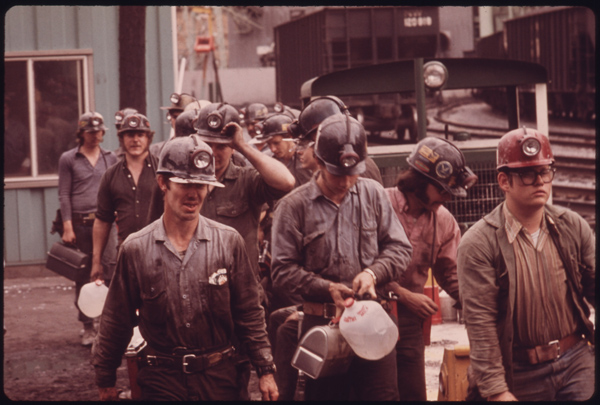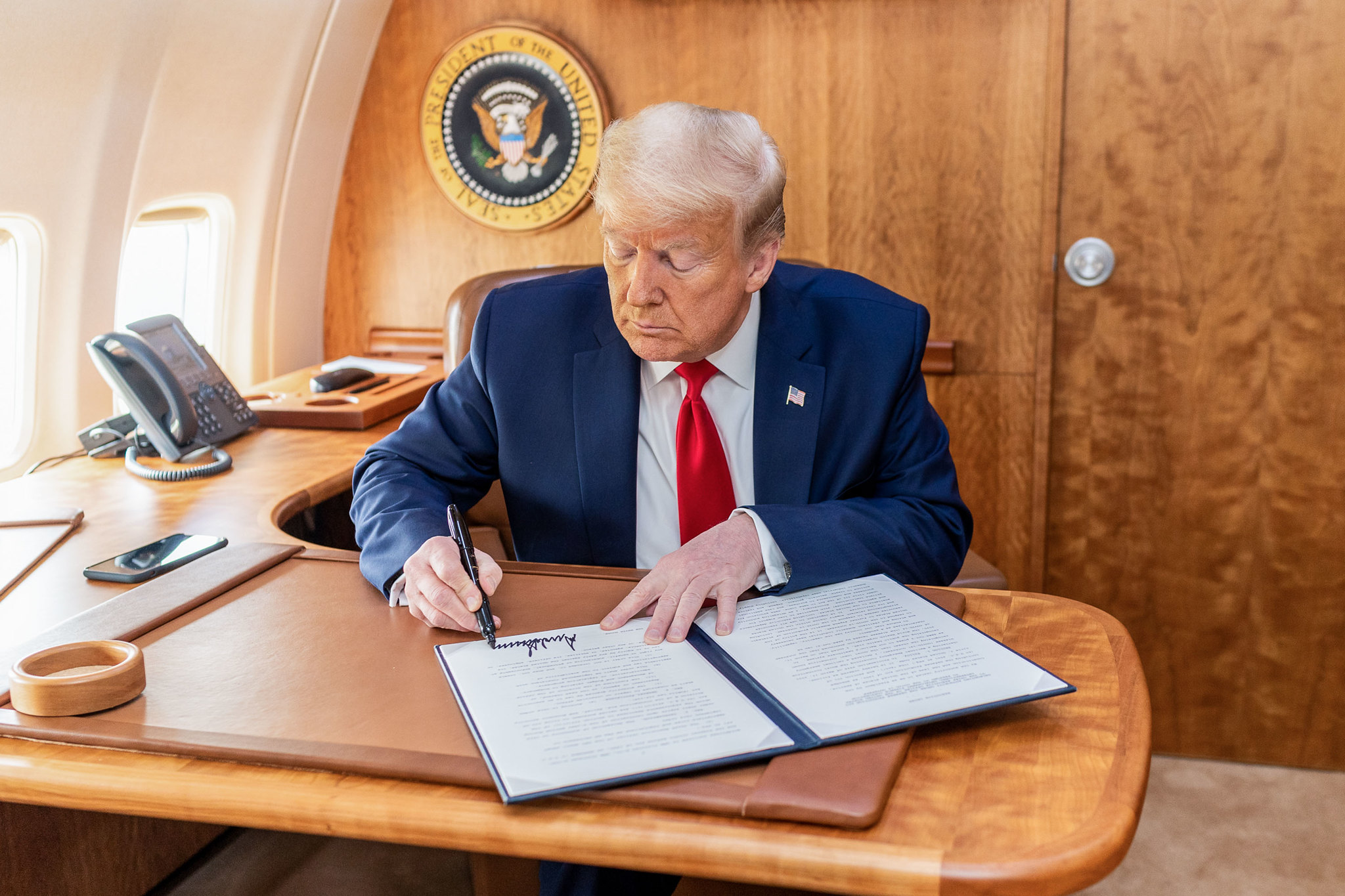Halved since 2011, EPA rules to push coal price down another 20%

The International Energy Agency’s latest forecast of energy trends for the next 20 years forecasts a significant fall in the share of fossil fuels in the global energy mix.
Nevertheless to meet the world’s energy demands through 2035, the cumulative investment in coal mining amounts to $735 billion, with a further $300 billion needed in transportation infrastructure, mainly railways.
This over $1 trillion investment needed does not include the actual mining operation nor the costs of transporting the coal, which typically account for a large share of the delivered cost of coal.
Investment in coal supply is much less expensive per equivalent unit of output than oil or gas and power-hungry China will be responsible for 40% of the world’s investment in coal mining over the next couple of decades.
The outlook in the US is very different.
New legislation by the US Environmental Protection Agency announced this week virtually impossible to build new coal power plants in the country without carbon capture and sequestration (CSS) technology.
It’s noteworthy that the IEA figures takes into account the widespread adoption of CSS, an expensive and unproven technology, over the time period of its forecast.
A new research note from Capital Economics says the EPA’s new rules designed to curb US emissions of carbon dioxide from the power sector by as much as 30% from 2005 levels by 2030, will reduce the demand for coal and put downward pressure on prices.
Over 90% of US coal is used for electricity generation, so even a small reduction in demand could have a large impact on prices. In addition, 15% of existing US coal burning capacity is due to be shut down by 2016 under the new rules:
“Even before being passed, the EPA’s legislation proposed in September has already effectively prevented new coal fired power plants from being built, as investors are unwilling to back a plant which may not be able to adhere to any new regulations.
“Higher gas prices in the US over the last year have encouraged power plants to burn more coal and less gas, supporting coal prices. These regulations are likely to remove that support, even with higher gas prices, as clean burning gas is seen as the only feasible way to meet the new standards.”
From a pre-financial crisis peak of more than $190 a tonne, steam coal fell to $65 late by March 2009. The recovery was swift with prices more than doubling by January 2011 at more than $140.
Since then the international thermal coal prices have been on a steady decline averaging $75 in May. Capital Economics sees the price falling to $60 a tonne by end of next year.
More News
Trump planning to stockpile deep-sea minerals to counter China: FT
April 13, 2025 | 07:56 am
Goldman Sachs upgrades gold forecast again to $3,700
April 12, 2025 | 08:05 pm
{{ commodity.name }}
{{ post.title }}
{{ post.date }}




4 Comments
RockRabbit
While the EPA may be driving down the price of coal, what it is not saying the the price for electricity is expected to more than double in the next 5 years. This will impact manufacturing, driving more industries out of the US. It is also a war on the poor – double the cost of heating and cooling for someone living paycheck to paycheck and what do you get – more on welfare! Disgusting.
JohnDille
WHY WOULD THE PRICE OF ELECTRICITY MORE THAN DOUBLE??? Sounds like a bunch of right wing baloney to me!!! Not that there is anything new about right wingers spouting total lies and self serving baloney!!!
RockRabbit
“Indiana Gov. Mike Pence vowed Monday to fight a national plan to combat global warming, joining the state’s business leaders in arguing that coal-dependent Indiana would face higher electric rates and lost jobs if power plants have to reduce carbon emissions……”
http://www.indystar.com/story/news/politics/2014/06/02/epa-require-indianas-power-plants-cut-carbon-emissions/9865443/
RockRabbit
Another interesting article – stable power supplies? Who needs that? Evidently the Obama administration does not think so!
…..Coal is the workhorse of the U.S. power system. It is used to produce 40 percent of the nation’s electricity, more than any other fuel. Because it is cheap and abundant and can be stored on power plant grounds, it helps keep prices stable and power flowing even when demand spikes.
Natural gas, which accounts for 26 percent of the nation’s electricity, has dropped in price and become more plentiful because of the fracking boom. But its price is on the rise again, and it is still generally more expensive to produce electricity with gas than with coal. Also, gas isn’t stored at power plants because the cost is prohibitive. That means it is subject to shortages and soaring prices.
During the brutally cold and snowy winter that just ended, utilities in several states struggled to secure natural gas because so much also was needed to heat homes. Some utilities couldn’t run gas-fired plants at all, and power prices soared 1,000 percent in some regions……
http://www.spokesman.com/stories/2014/may/22/coal-fired-plant-closings-to-fuel-higher-electric/